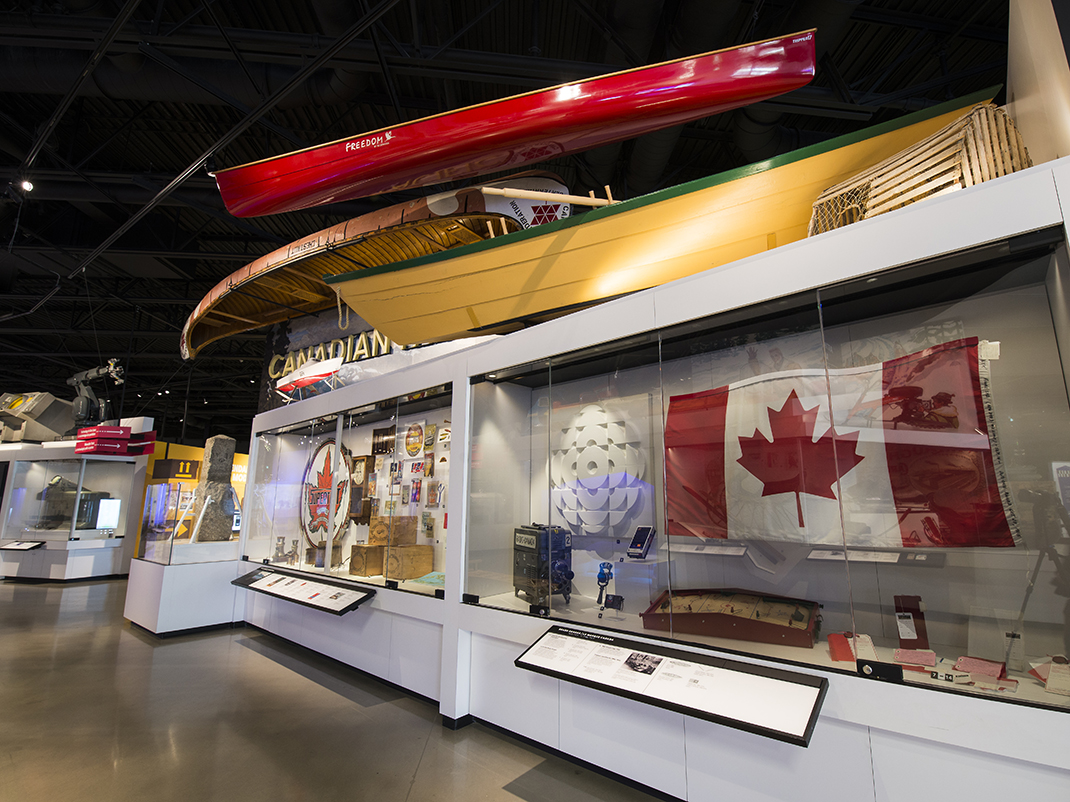What’s on
Discover science and technology through immersive play and hands-on learning
From wearable tech to vintage locomotives, the Canada Science and Technology Museum explores the impact of science past, present and future on everything we do.
Whether you’re looking for a fun family activity, a mind-bending science experiment, or a thought-provoking exhibition, the Canada Museum of Science and Technology Museum is the place to be!

Curiosity on stage
Join us May 7 for a free virtual Curiosity on stage talk marking 100 years of the Ritual of the Calling of an Engineer—a uniquely Canadian ceremony that has shaped generations through the symbolism of a simple iron ring.

Mellow mornings
Mellow Mornings are sessions that offer a low-sensory environment, and are designed for visitors who require a calmer or less disruptive setting.

Ingenium Centre collection tours
Learn about the life of an artifact on a guided tour of the Ingenium Centre, home to over 150,000 objects, from locomotives to vintage cars and more.
Exhibitions

Steam: A World in Motion
Climb aboard a vintage locomotive, and journey back to the era of steam-powered travel.

ZOOOM – Children’s Innovation Zone
ZOOOM lets kids be kids as they investigate, experiment, cooperate, and play.

Crazy Kitchen +
This popular interactive experience challenges everything your brain thinks it knows.

Artifact Alley
See more than 700 artifacts from Canada’s science and technology collection.

Sound by Design
Explore the world of sound, from how we produce and use it to how we shut it out.

Medical Sensations
See how human innovation and ingenuity continue to advance medical technology worldwide.

Hidden Worlds
Discover new worlds using microscopes, telescopes, and other technologies.

Into the Great Outdoors
Explore our relationship to the world outside through technologies old and new.

Wearable Tech
From smartwatches to spy cameras, learn more about wearable innovations.

Technology in Our Lives
Take a closer look at the technologies we use every day, from cutlery to cars.

From Earth to Us
Explore how we transform Earth’s natural resources into the things we need.
See experiments in action
Learn how clouds form, what makes fireworks go boom, and more in daily demonstrations with one of our engaging bilingual animators.


Tinker in Exploratek
Let your imagination run wild as you build everything from robots to electrified play dough in the museum’s very own tinker lab.

Summer camps
Registration is now open. The popular Canada Science and Technology Museum summer camps offer all kinds of creative and inspiring activities, blending fun with hands-on STEAM experiences that spark curiosity and foster problem-solving skills.
